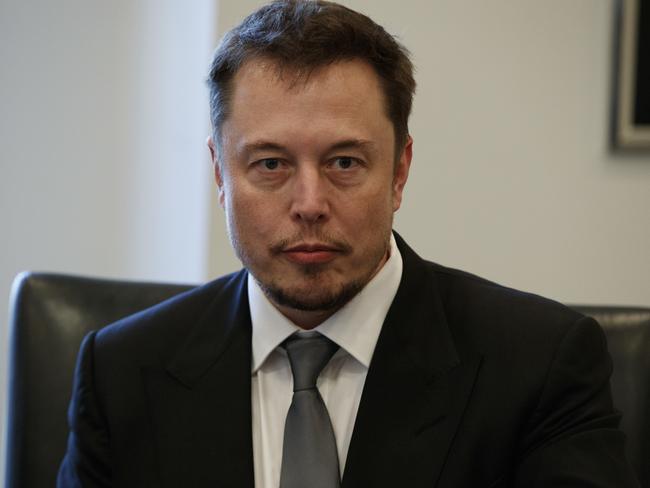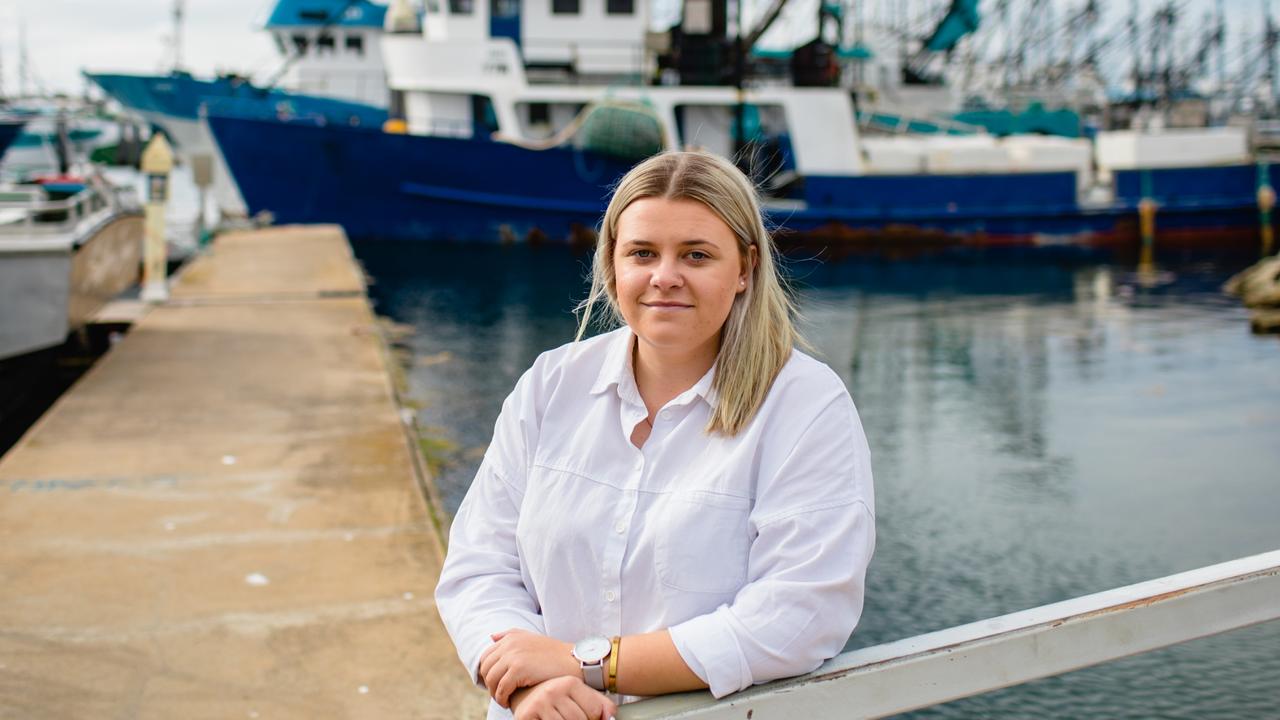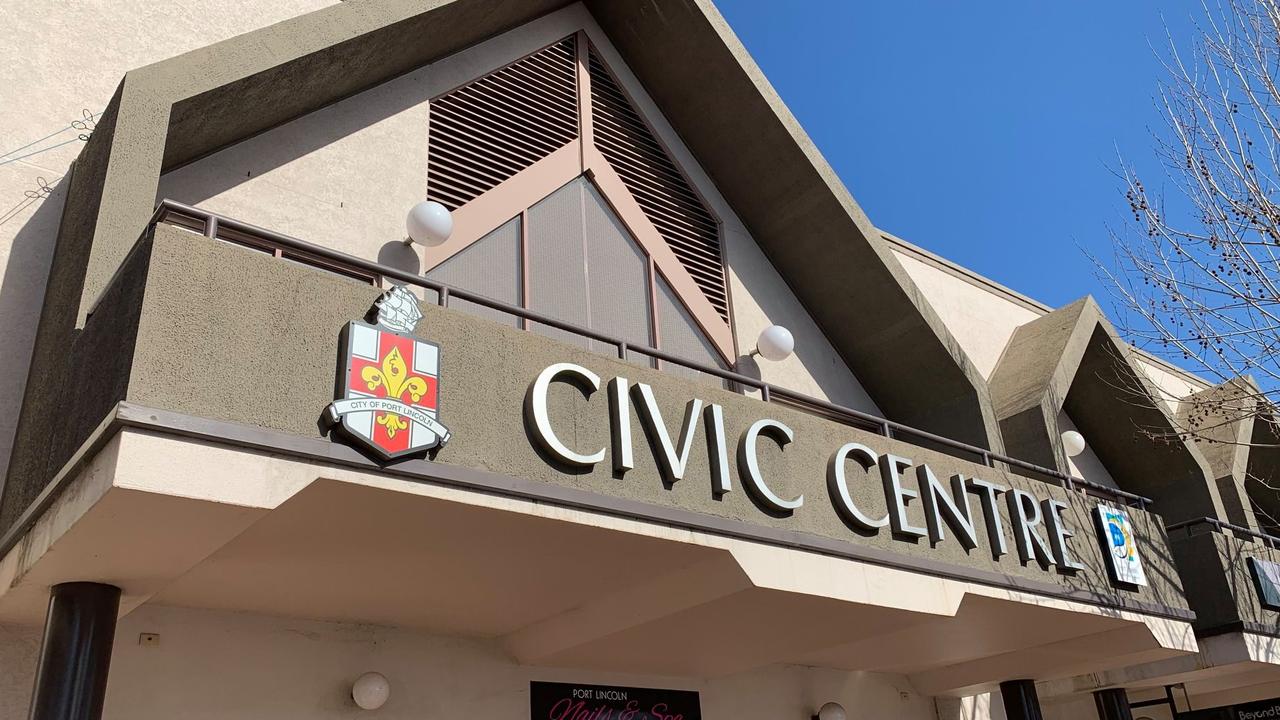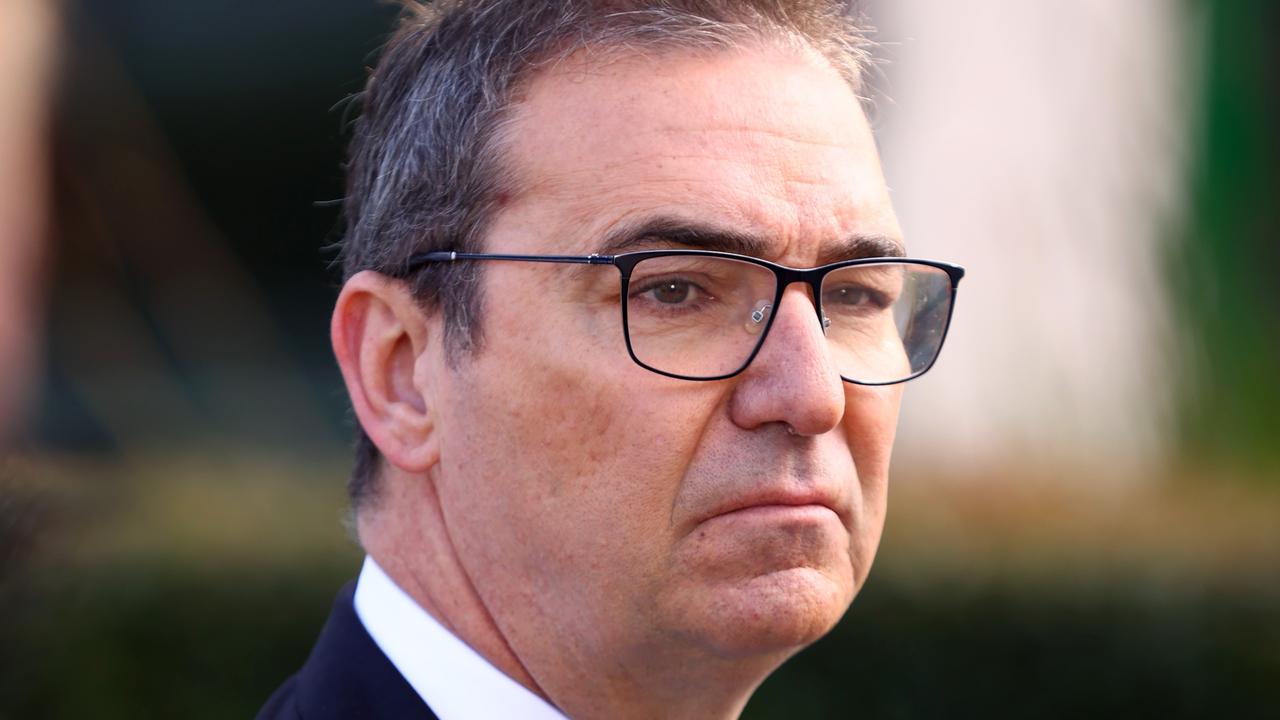Confusion over Elon Musk’s battery offer for South Australia
IF ELON Musk’s offer to fix SA’s power woes in 100 days sounds impossible — unfortunately it may just turn out to be.
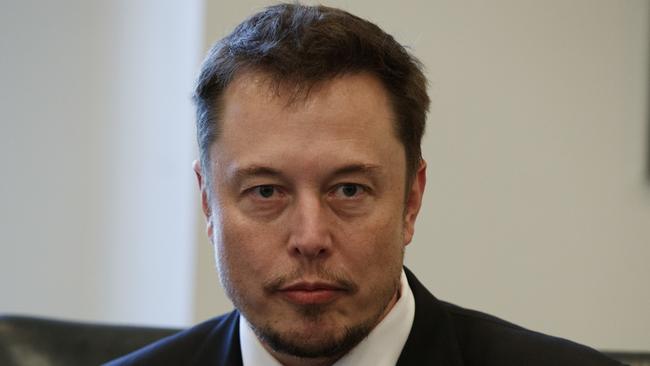
- Eight must-know facts about Elon Musk
- Tesla billionaire turns his power on the PM
- Weatherill plans more talks with Musk on power crisis
- Musk says Tesla could solve SA’s energy crisis in 100 days
- Will this billionaire fix SA’s power crisis?
IF ELON Musk’s offer to fix South Australia’s power woes in 100 days sounds a bit too good to be true — unfortunately it may just turn out to be.
There has been excitement among Australians after the Tesla founder pledged to deliver a giant battery system to South Australia within 100 days, or to provide it for free.
While Mr Musk has said it’s possible to deliver the system, and that it would address the blackouts that South Australia has been experiencing, the bigger question is who will fund the project.
Atlassian co-founder Mike Cannon-Brookes had the internet buzzing after he tweeted he would try to find the funding and smooth the way politically for the plan.
“I’ve been working hard over the weekend figuring things out and understanding the complexities of the situation: does it solve the problem; is it economically viable; what are the other blockers? I’m excited to see what unfolds this week,” Mr Cannon-Brookes said in a statement.
Mr Cannon-Brookes said it had been an “incredible 48 hours” and there seemed to be popular support for the idea.
“This would be a world-first technology, unreplicated anywhere else, and will put South Australia on the map,” he said.
“This stuff is space age. It’s inspiring to see when Aussies come together using our collective ingenuity and smarts, we can make sh*t happen.”
But Dr Roger Dargaville, of the Melbourne Energy Institute at the University of Melbourne, told news.com.au he believed the pledge would ultimately be too expensive to deliver.
He said Mr Cannon-Brookes could struggle to finance the project because it would probably make a loss in today’s market.
According to the institute’s calculations, the price for batteries needs to come down to less than $250 kilowatt hour before it can be profitable.
During his Twitter exchange, Mr Musk quoted a price of $US250kWh for a 100 megawatt hour system.
But this converts to $331kWh in Australian dollars, and the price doesn’t include installation costs.
Dr Dargaville said there was also confusion about whether Mr Musk meant to quote for a 100 “megawatt” system, or for a 100 “megawatt hour” system. It’s also unclear how many hours of storage the system would provide, either two hours or four hours.
Mr Cannon-Brookes asked for a quote for a “100MW” system, but Mr Musk responded by giving a price for “100MWh” system.
The difference could be significant.
“If you want to build a system with four hours storage and 100 megawatt capacity, it would be a 400 megawatt hour system, and that would cost four times as much as a 100MW system,” Dr Dargaville said.
“I know energy professionals that get this confused, it’s a real issue in understanding what people are talking about.
“It’s a bit confused at the moment, and more details need to come out before we can properly assess what’s on offer.”
@elonmusk legend! â˜€ï¸ You’re on mate. Give me 7 days to try sort out politics & funding. DM me a quote for approx 100MW cost - mates rates!
— Mike Cannon-Brookes (@mcannonbrookes) March 10, 2017
@mcannonbrookes $250/kWh at the pack level for 100MWh+ systems. Tesla is moving to fixed and open pricing and terms for all products.
— Elon Musk (@elonmusk) March 10, 2017
@shails Yes, but shipping, taxes/tariffs and installation labor vary by country, as those costs are beyond our control
— Elon Musk (@elonmusk) March 10, 2017
The price Mr Musk is quoting is also significantly less than prices previously suggested.
Telsa’s battery division head Lyndon Rive originally suggested a price of $US400-600kWh.
At this price, the cost of a 100MWh system had been estimated at $US50 million ($AU66m).
Mr Musk’s quote is half this price, making the system about $AU33 million and significantly undercutting his competitors.
But RenewEconomy has estimated the cost for a 100MW (not 100MWh) system and calculated the cost as $US50 milllion for a 200MWh facility, or $US100 million for a 400MWh facility, depending on whether two hours of storage was offered, or four hours was offered.
One of the biggest battery farms Telsa has built is a 20 megawatt system in Ontario, California which can discharge 80 megawatt hours of electricity to power 15,000 homes over four hours.
Melbourne University Professor Ross Garnaut, who is also chairman of the Adelaide-based ZEN Energy, has previously told the Australian Financial Review his company was also ready to build large-scale battery storage in Australia for about $US600 per kilowatt hour. It could deliver a 100 megawatt hour system for about $100 million.
ZEN Energy told the AFR that a 100MWh battery farm would have been enough to prevent a blackout in South Australia last month that saw 90,000 homes lose power.
However, residents could still experience blackouts if the conditions were not resolved within four hours.
The Tesla system at the Mira Loma substation consists of almost 400 white industrial boxes placed on 1.5 acres (6070 square metres), which is about the size of a soccer pitch.
Hanging out at Tesla's battery substation in Ontario, CA. Story shortly! pic.twitter.com/t2LG7D0u0J
— Katie Fehrenbacher (@katiefehren) January 30, 2017
Dr Dargaville said having access to a battery farm could address demand during peak times, but wouldn’t provide long-term stability or address the difficulties of keeping electricity supply and demand balanced, because it didn’t have enough hours of storage available.
Projects such as hydro or concentrating solar thermal would probably be needed as well. He said incentives for large energy users to reduce electricity consumption during peak times had also not been considered yet.
“It’s certainly worth considering and there’s space in the system for storage technologies but I suspect it’s too expensive,” he said.
Despite the warnings of an approaching “energy crisis”, Dr Dargaville said there was still plenty of capacity in the system for now.
“If you are willing to pay the right price you can get gas, it’s not an issue of availability, it’s an issue of paying the right price,” he said.
Even with the closure of the Hazelwood coal-priced power station in Victoria, Dr Dargaville said coal-fired electricity from NSW could still fill the gap.
“It’s a matter of planning and management rather than capacity,” he said.
News.com.au has contacted Tesla, ZEN Energy and the South Australian Government for comment.
